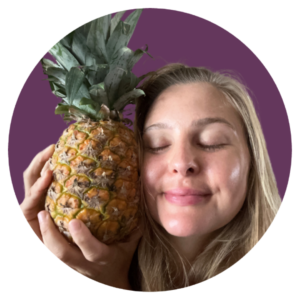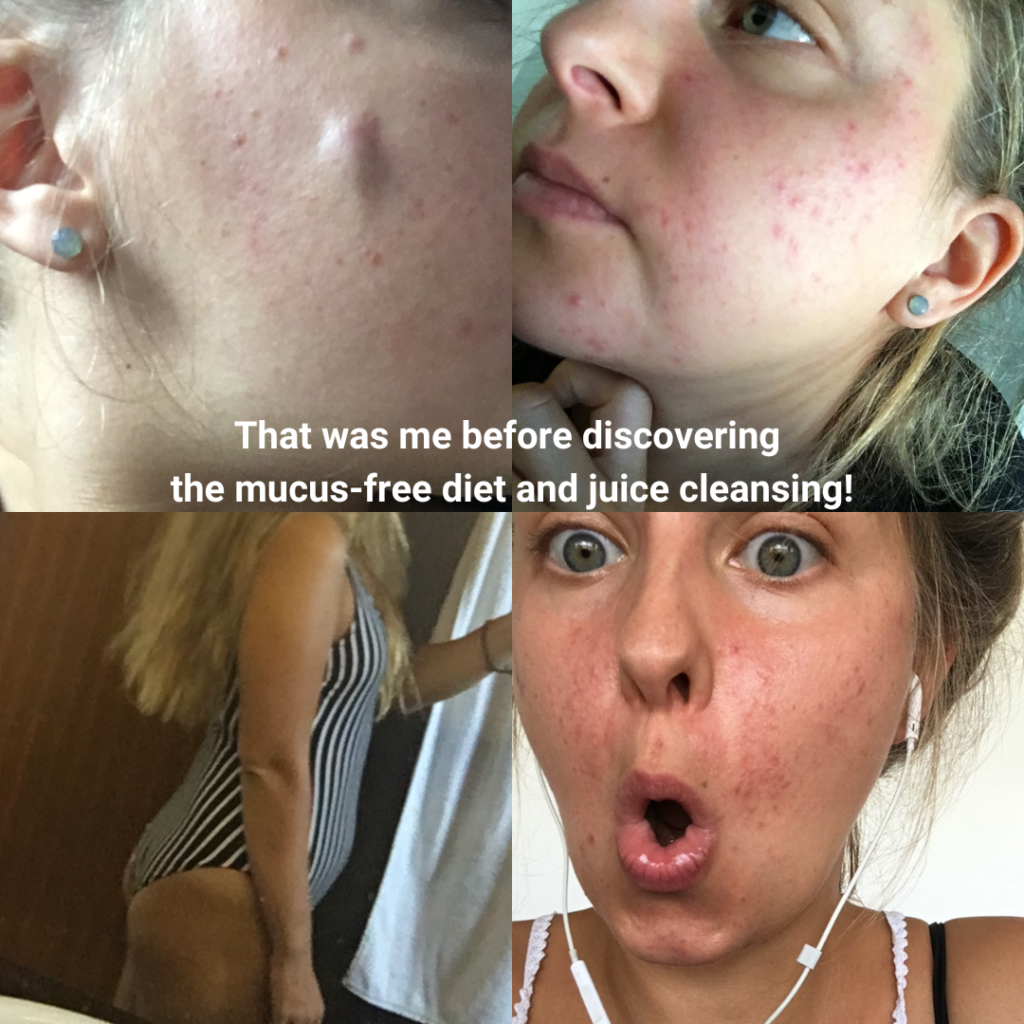ABOUT THE JUICY REBOOT
Hi, I’m Nico!
My journey began with relentless struggles: persistent skin issues that undermined my confidence, constant bloating that left me uncomfortable, and weight fluctuations that felt like an endless cycle. On top of it all, the sluggish, heavy feeling after eating certain foods made me question what I was putting into my body.
Years of trial and error led me to uncover the hidden culprit—mucus-forming foods. By shifting my focus to vibrant, nutrient-dense fruits, hydrating vegetables, and powerful cleansing practices, I discovered a path to true healing. This wasn’t just about diet; it was about giving my body the tools to reset, detoxify, and thrive.
Through this transformative journey, I’ve experienced a lightness, clarity, and energy I never thought possible. It’s not just about restoring balance—it’s about unlocking a vibrant, effortless way of living that’s available to us all. This is my mission: to share this path and inspire others to heal, cleanse, and reconnect with their bodies.



Frequently Asked Questions
1. What is a mucusless diet?
A a mucusless diet is all about eating foods that help your body naturally cleanse and heal. You’ll focus on fresh fruits, leafy greens, and non-starchy vegetables – all things that help reduce mucus in the body.
Why is this important? Well, mucus is often the culprit behind a lot of chronic health issues like bloating, fatigue, and digestive problems.
On the mucusless path, you want to avoid foods like animal products, processed grains, starchy veggies, and fatty foods (yes, that means oils and nuts!). By cutting these out, you give your body a chance to detox and heal.
2. How do I start transitioning to a mucusless diet?
Don’t stress about going cold turkey – transition gradually. Start by slowly removing mucus-forming foods and replacing them with fresh, wholesome options.
1. Cut back on the bad stuff: Reduce dairy, processed foods, sugars, and heavy fats like oils and nuts.
2. Add more fruits and veggies: Focus on vibrant fruits (watermelon, berries, citrus) and leafy greens (kale, spinach, lettuce) to support natural detoxing.
3. Keep it simple: Opt for simple meals like salads with up to 5 ingredients that are easier to digest.
4. Be patient: Cravings will happen – and that’s okay! It’s a journey, so don’t rush.
Remember, this is about finding what works for you. Be patient, kind to yourself, and plan your steps thoughtfully.
3. How long does it take to see results?
Honestly, the timeline can vary depending on where you’re starting from. If you’ve been eating a lot of processed foods and you’re just starting this journey, it might take a little longer for your body to adjust.
Immediate changes: You might start feeling better in just a few days – think more energy, better digestion, less bloating.
Long-term results: For deeper changes, like clearer skin, better weight management, and hormonal balance, it could take a few weeks or even months. Your body has been carrying around toxins for a while, so it needs time to heal.
Be realistic: It’s not about a quick fix. This is a lifestyle shift, not something you can rush. Your body will thank you over time, but give it the space to adjust at its own pace.
4. How do I manage cravings for sweets or fats?
Cravings are totally normal, especially when you’re making big changes. Your body is used to certain foods, and it might take a little while to adjust. But don’t worry – there are ways to manage them!
Sweets: Cravings for sugar often mean your body needs more natural sugars. Try fresh fruit like dates, berries, or apple slices instead of processed sweets.
Emotional cravings: These aren’t always about hunger; stress or boredom can trigger them. Pause, breathe, and ask yourself if it’s true hunger or just a need for comfort.
Stay hydrated: Dehydration can lead to cravings. Drinking water or herbal teas can help curb them.
Cravings will ease as your body adapts, and you’ll naturally crave healthier foods on your mucusless journey.
